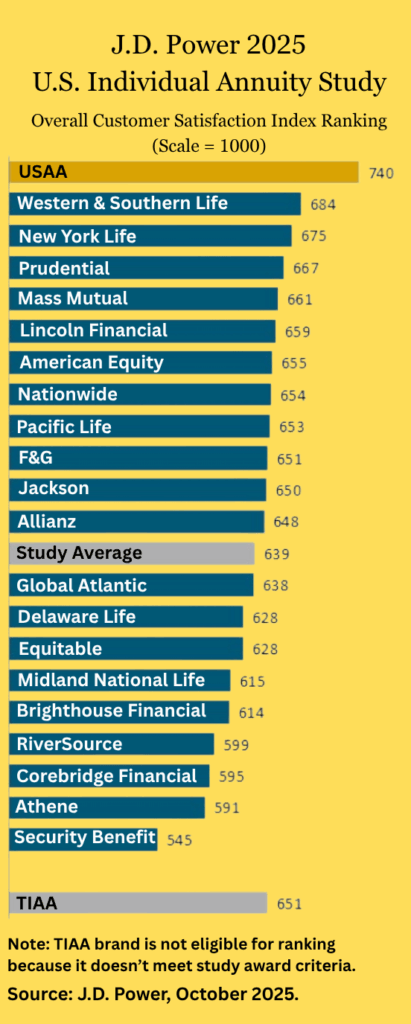The Journal of Retirement (an academic journal; its editor, Sandy Mackenzie, is pictured at left) has just issued its Summer 2016 issue. The titles of the articles, along with synopses, can be found below.
Of the eight new articles, the one called “Strategies for Managing Retirement Risks” might be the most relevant for financial planners and advisors. For plan providers and sponsors, David Blanchett’s article sounds intriguing.
The contents of Vol. 4, No. 1 are:
Editor’s Letter, by Sandy Mackenzie
Strategies for Managing Retirement Risks, by David Laster, Nevenka Vrdoljak and Anil Suri.
This article shows retirees how to deal with the biggest retirement risks (longevity, health care, sequence of returns, and inflation) by claiming Social Security at the best time, allocating assets to lifetime income annuities, adopting a systematic withdrawal strategy, and planning for long-term care.
Governance: The Sine Qua Non of Retirement Security, by Michael E. Drew and Adam N. Walk.
In the defined contribution system, where pooling or risk-sharing is rarely possible, achieving retirement security for all plan participants is a challenge. The authors suggest changing the governance and regulatory framework of DC plans to better meet this challenge.
Mandated Retirement Systems and Implied Benefits and Costs for Workers from Various Generations in Selected Countries, by Sylvester J. Schieber.
This article considers the relative costs and benefits of participation in mandatory retirement systems for workers at three earnings levels in Australia, Canada, the UK and the US. The author estimates how the systems treat workers retiring today and in 2025, 2035, and 2045, if current policies persist. The article also discusses the possible effects of different reforms of Social Security on workers.
Defaulting Participants in Defined Contribution Plans into Annuities: Are the Potential Benefits Worth the Costs? by David Blanchett.
Adding annuities as part of the investment default in defined contribution plans is likely to benefit DC plan participants as long as the decision is “well calibrated to the demographics and financial position of the participant population, the author writes. Ideally, the plan’s default investment would provide personalized recommendations, e.g, managed accounts instead of target date funds.
Declining Wealth and Work among Male Veterans in the Health and Retirement Study: An Approach to Financial Planning of Retirement Pensions with Scenario-Dependent Correlation Matrixes and Convex Risk Measures, by Alan L. Gustman, Thomas L. Steinmeier and Nahid Tabatabai.
Veterans who reached the ages of 51 to 56 in 1992 were better educated, healthier, wealthier, and more likely to be working than their nonveteran peers, the authors found. But veterans who reached the ages of 51 to 56 in 2010 (and who served in an all-volunteer army) were less prosperous than non-veterans. The findings were based on an analysis of four cohorts from the Health and Retirement Study (HRS), those aged 51–56 in 1992, 1998, 2004, and 2010.
Ethical Issues in Retirement Income Planning: An Advisor’s Perspective. Jamie P. Hopkins, Julie A. Ragatz and Chuck Galli.
The Ethical Issues in Retirement Income Planning study gathered the perceptions of expert retirement income planners. Among the findings:
- 64% of respondents believed that the overall ethical culture in the retirement income industry was solid.
- 36% that expressed some concern. However, advisors were not without concerns.
- Financial elder abuse was the top ethical concern identified by respondents. Respondents worried about the industry’s ability to identify cases of financial elder abuse and exploitation.
- Retirement advisors often lack enough knowledge of Social Security, Medicare, and tax planning to make recommendations in the best interest of their clients.
- Consumers lack the financial literacy to understand the complex products or plans offered to them.
Hopkins is co-director of the New York Center for Retirement Income at The American College. Ragatz is director of the Center for Ethics in Financial Services at The American College. Galli was until recently a Securian Research Fellow at The American College.
An Approach to Financial Planning of Retirement Pensions with Scenario-Dependent Correlation Matrixes and Convex Risk Measures. William T. Ziemba
The article describes an approach to asset–liability modeling using discrete time stochastic linear programming. Applicable to insurance companies, bank trading departments, overall bank asset–liability management, and other financial institutions, the model uses future scenarios and optimizes the asset–liability mix subject to various constraints. Use of the model by the Siemens Austria pension fund is described.
Enhancing U.S. Retirement Security through Coordinated Reform of Social Security Disability and Retirement Insurance Programs. Jason J. Fichtner and Jason S. Seligman.
Most OASDI (Old Age, Survivor and Disability Insurance) reform proposals recommend reforming disability insurance separately, after reforming the retirement system. This article recommends considering reforms to disability and old age insurance in tandem.
© 2016 RIJ Publishing LLC. All rights reserved.



 “At the same time, the net new number of advisors is very flat. We are stagnant in the last five years. I worry that, with the new headwinds, we’ll go backward in number of advisors. We don’t have enough advisors, and that’s one of the best revenue growth opportunities around.”
“At the same time, the net new number of advisors is very flat. We are stagnant in the last five years. I worry that, with the new headwinds, we’ll go backward in number of advisors. We don’t have enough advisors, and that’s one of the best revenue growth opportunities around.”

 In short, there’s a trade-off. Unless market appreciation (or new premia) overcome the natural decline in the account value (as a result of income payments and annual fees), the age-related hikes in payout rates may not apply. The same calculation is repeated each year, so the contract owner can get a second chance at a higher rate.
In short, there’s a trade-off. Unless market appreciation (or new premia) overcome the natural decline in the account value (as a result of income payments and annual fees), the age-related hikes in payout rates may not apply. The same calculation is repeated each year, so the contract owner can get a second chance at a higher rate. 
